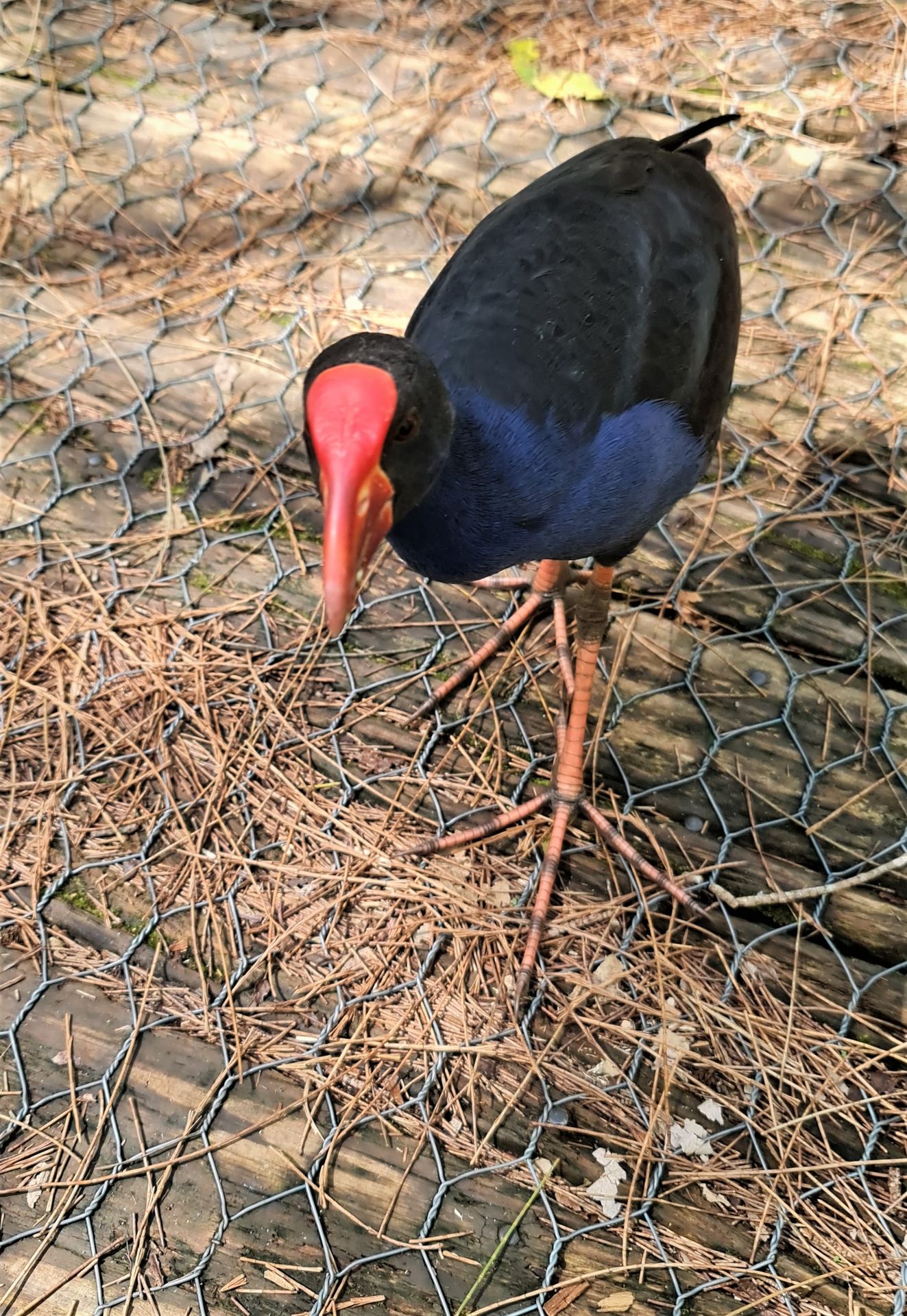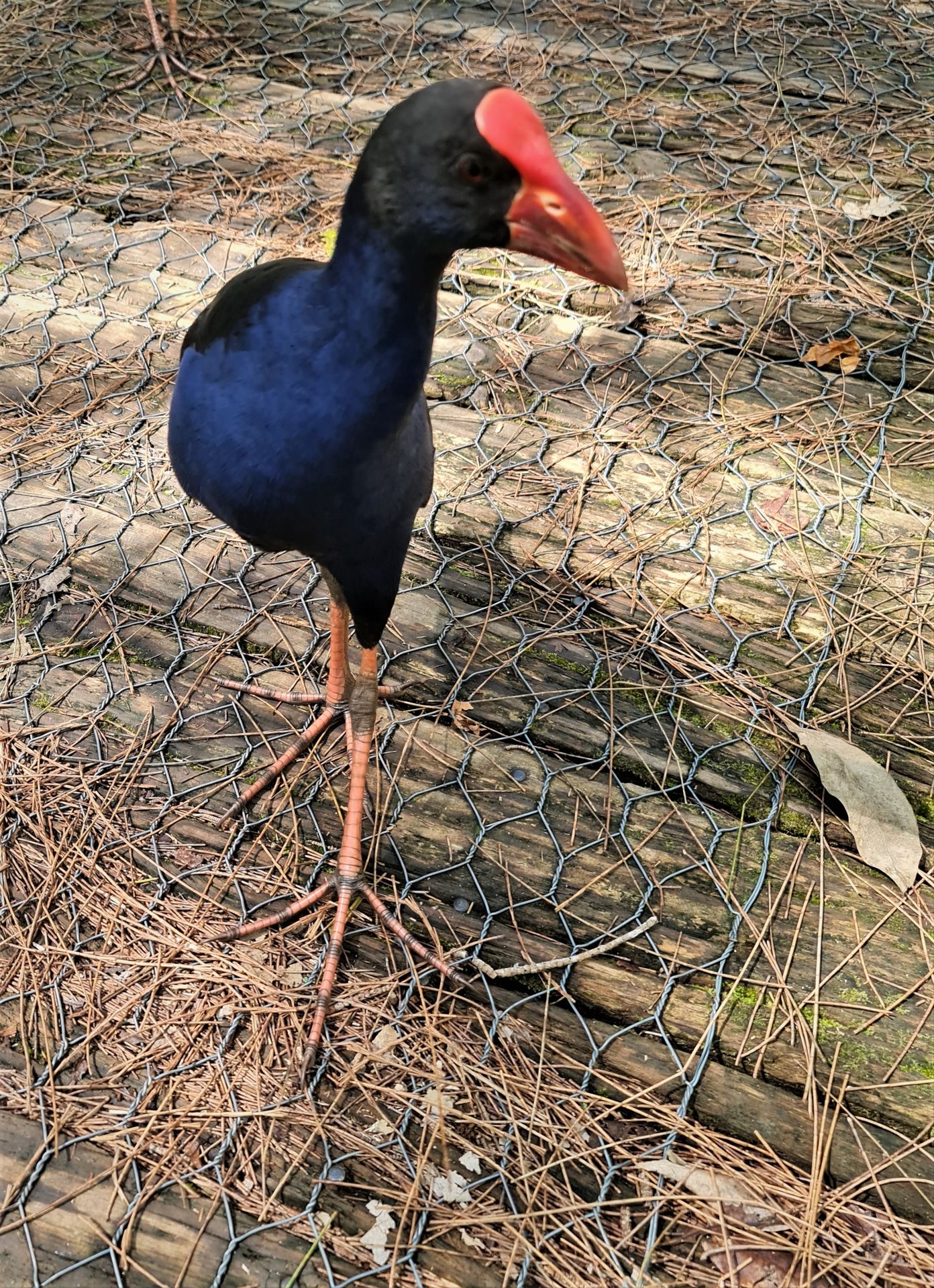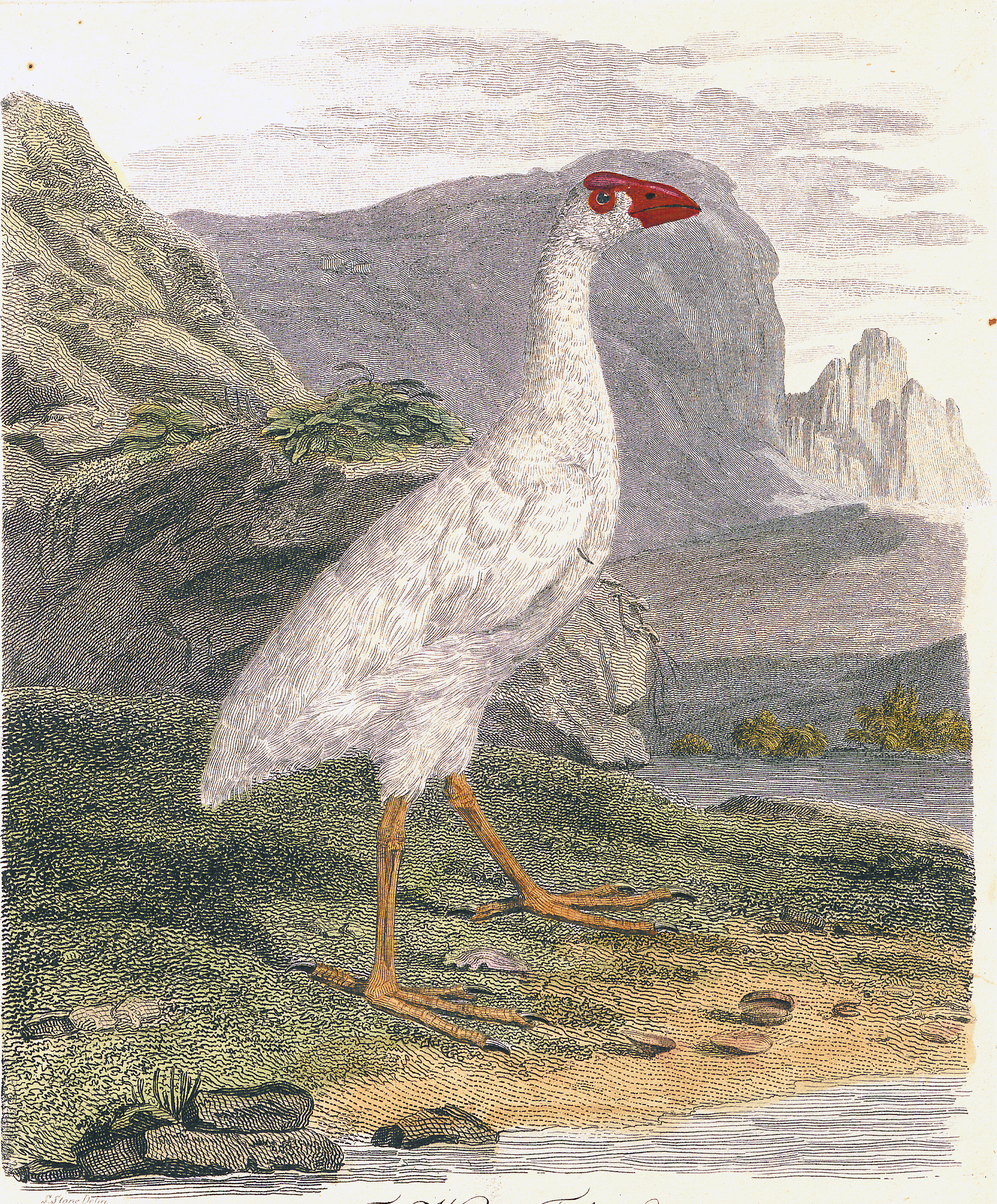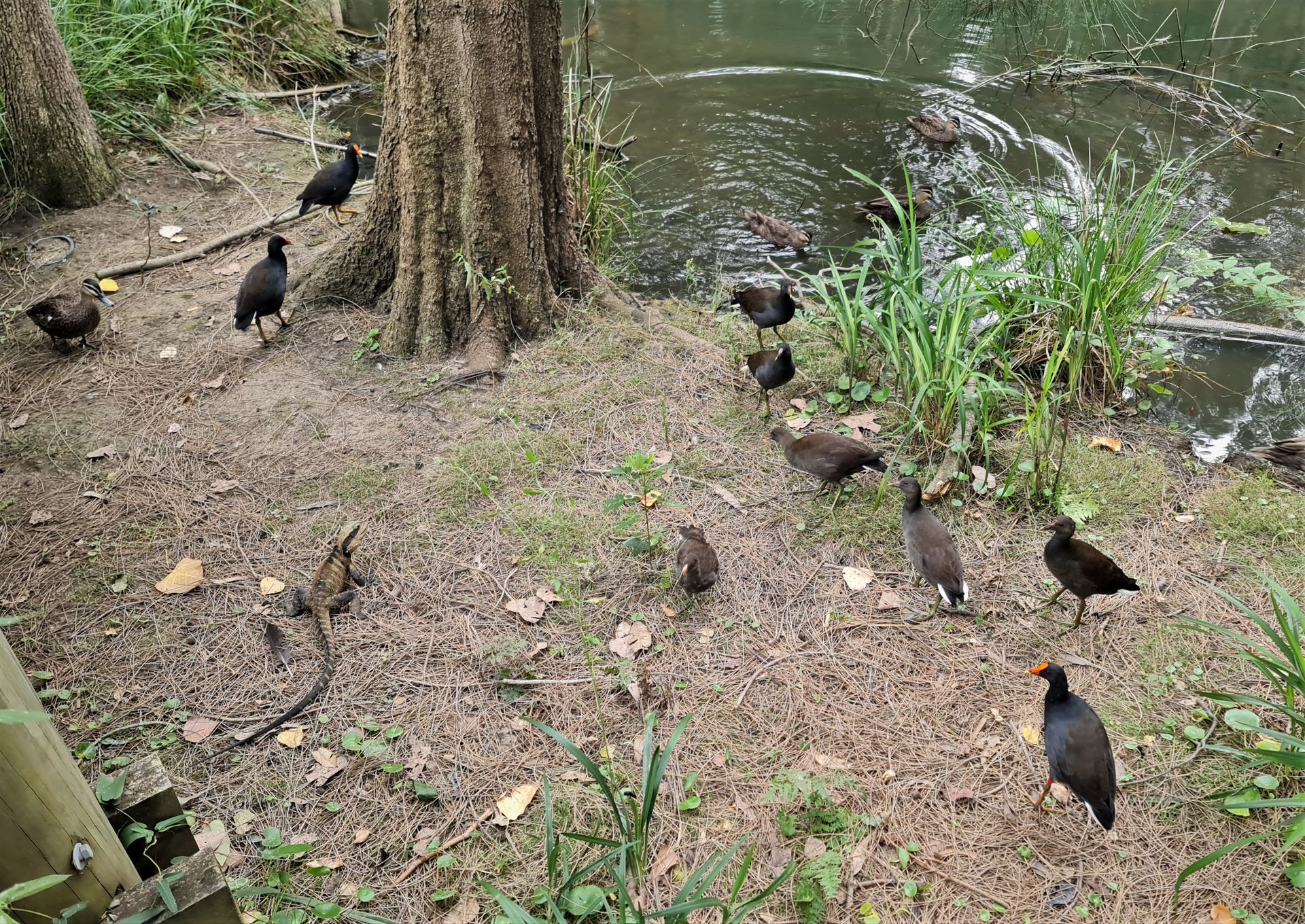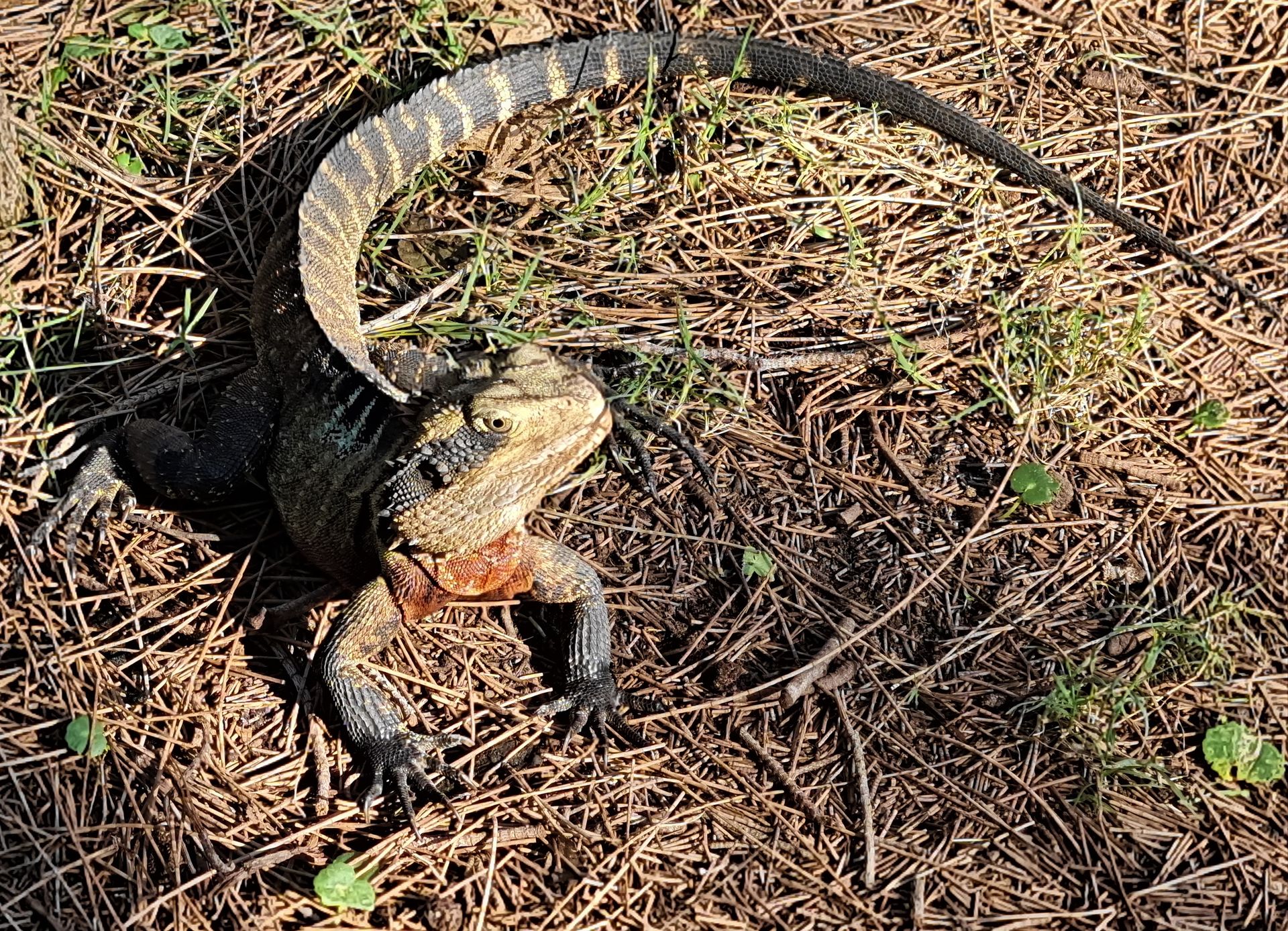Juvenile Swamp Hens are very inquisitive on the boardwalk at Warriewood Wetlands at present - please take care around local wildlife.
The Australasian swamphen Porphyrio melanotus, used to be considered a subspecies of the Purple Swamphen, Porphyrio porphyrio.
The swamphen is a blue and black waterhen with gigantic red bill and forehead shield. Has large feet and white under tail feathers which it flicks up and down when walking. Occurs in a wide variety of wetland habitats and is a common sight in urban parks. They are very vocal, often making loud crowing calls and a range of other shorter squawks, including a single note squawk at night.. In New Zealand, it is known as the pūkeko.
Australasian swamphens are considered to be the ancestors of several island species including the extinct Lord Howe swamphen and two species of takahē in New Zealand.
You are likely to find these hens around the edges of freshwater swamps, lakes and creeks surrounded by dense reeds and rushes. Here they can find food, build nests for breeding and find protection from danger. You may also stumble upon these birds in local parks with ponds. They are common throughout Australia’s east and north, with an isolated population in the south-west.
Purple Swamphens are frequently spotted on the roadside and often crossing the road. As they like to be near water, the water in roadside ditches attracts them, so please slow down after rains if you know these delightful birds live near you as they may be out splish splashing in the local ditch and about to head back across the road.
Purple swamphens are in fact highly adaptable to changing environments – they can run, swim, fly and hide from predators. They are omnivores, eating a wide variety of both plants and small animals including seeds, insects, frogs and aquatic vegetation. They will also have the strength to pull up reeds and feed on the soft stems.
Purple Swamphens live in large extended family groups, whereas most birds live in pairs with only the current season’s chicks. Breeding can take place at any time, but is mainly from July to December. They lay an average of 5 eggs and share the responsibilities of sitting on the eggs, feeding the young and chasing away predators.
The hens form a large nest bowl from trampled reeds and rushes and line it with softer reeds and grass. Look out for a platform of reeds just above the water surrounded by vegetation as this may be a Purple Swamphen nest.
Generally swamphens will retreat away from humans.
The white swamphen, Porphyrio albus, also known as the Lord Howe swamphen, Lord Howe gallinule or white gallinule, is an extinct species of rail which lived on Lord Howe Island, east of Australia. It was first encountered when the crews of British ships visited the island between 1788 and 1790, and all contemporary accounts and illustrations were produced during this time. Today, two skins exist: the holotype in the Natural History Museum of Vienna, and another in Liverpool's World Museum. Although historical confusion has existed about the provenance of the specimens and the classification and anatomy of the bird, it is now thought to have been a distinct species endemic to Lord Howe Island and most similar to the Australasian swamphen. Subfossil bones have also been discovered since.
The white swamphen was 36 to 55 cm (14 to 22 in) long. Both known skins have mainly-white plumage, although the Liverpool specimen also has dispersed blue feathers. This is unlike other swamphens, but contemporary accounts indicate birds with all-white, all-blue, and mixed blue-and-white plumage. The chicks were black, becoming blue and then white as they aged. Although this has been interpreted as due to albinism, it may have been progressive greying in which feathers lose their pigment with age. The bird's bill, frontal shield and legs were red, and it had a claw (or spur) on its wing.
Little was recorded about the white swamphen's behaviour. It may not have been flightless, but was probably a poor flier. This and its docility made the bird easy prey for visiting humans, who killed it with sticks. Reportedly once common, the species may have been hunted to extinction by whalers and sailors before 1834, when Lord Howe Island was settled by colonising Europeans.
Nothing is known about the habitat or ecology of the species. It may have inhabited forest or marshland on the island.
Illustration of the Vienna holotype specimen by Sarah Stone, from John White's 1790 book in which the species was named; Lord Howe Purpurhuhn (Porphyrio albus) from Journal of a Voyage to New South Wales. 1790
The Dusky moorhen, Gallinula tenebrosa, is a bird species in the rail family and is one of the eight extant species in the moorhen genus. It occurs in India, Australia, New Guinea, Borneo and Indonesia. It is often confused with the purple swamphen.
They often live alongside birds in the same genus, such as the Tasmanian nativehen and the common moorhen.
The dusky moorhen is a medium-sized bird, slightly smaller than the purple swamphen. The New Guinea birds are smaller, at 25–32 centimetres (9.8–12.6 in) in length, than the Australian race 34–38 centimetres (13–15 in). Adult males generally weigh on average around 570 grams and adult females 493 grams. The adult dusky moorhen is mainly dark grey-black, with a browner tinge to the upper parts. It has a red frontal shield and yellow-tipped red bill like its Eurasian relative, but lacks the white flank line shown by common moorhen, and has orange-yellow rather than yellow legs. The Australian subspecies is larger and pager than both other subspecies.
During Autumn and Winter, the colour of the frontal shield grows duller in females and young males. During the warmer months, in the breeding season, the shield grows brighter again in both sexes.
Moorhen in Careel Creek. Photo: AJG
The dusky moorhen (Gallinula tenebrosa) is a bird species in the rail family and is one of the eight extant species in the moorhen genus. It occurs in India, Australia, New Guinea, Borneo and Indonesia. It is often confused with the purple swamphen and the Eurasian coot due to similar appearance and overlapping distributions. They often live alongside birds in the same genus, such as the Tasmanian nativehen and the common moorhen.
During breeding season, the Dusky Moorhen forms breeding groups of two to seven birds, with all members defending territory, building nests and looking after young. The shallow platform nests are made of reeds and other water plants over water, among reeds or on floating platforms in open water. Two or more females will lay their eggs in the same nest and all members of the group help to incubate the eggs and feed the young. Breeding season is from August to January in the south of Australia, with generally one brood, and January to June in the north, often brooding twice.
The dusky moorhen feeds both on land and in water. Its diet consists of seeds, the tips of shrubs and grasses, algae, fruits, molluscs, and other invertebrates. It will also consume carrion, bread and droppings from birds including gulls and ducks. The chicks are fed mostly on annelid worms and molluscs, with plant matter gradually being given in increasing proportions by the parents as the young mature.
The territorial call is a loud kurk or krik, which may be repeated or run together, sounding like kurruk-uk. This call is taken up by birds in surrounding territories and can be heard from over two kilometres away. The birds also make a series of short, sharp squawks and squeaks as alarm calls. Swimming and preening birds may make a series of short, stacatto, widely spaced noises.
n Australia, they are found all across the eastern states of Victoria, New South Wales and Queensland as far north as Cooktown, as well as the eastern part South Australia and the south-western tip of Western Australia.[4] It is also found in parts of Tasmania and South Australia, but are uncommon.
The other local species of rail that lives in Pittwater, although no longer seen as frequently as it once was just a few decades ago, is the Buff-banded Rail, Gallirallus philippensis.
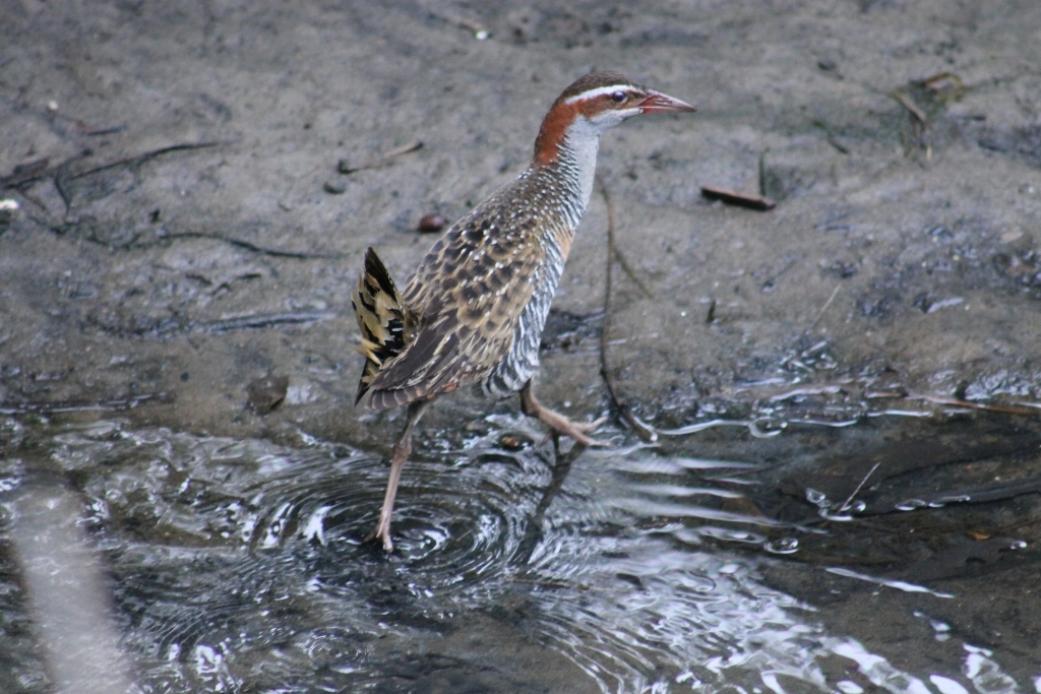
Buff-banded Rail pair (Gallirallus philippensis) - Careel Creek, December 2012. Photos: AJG
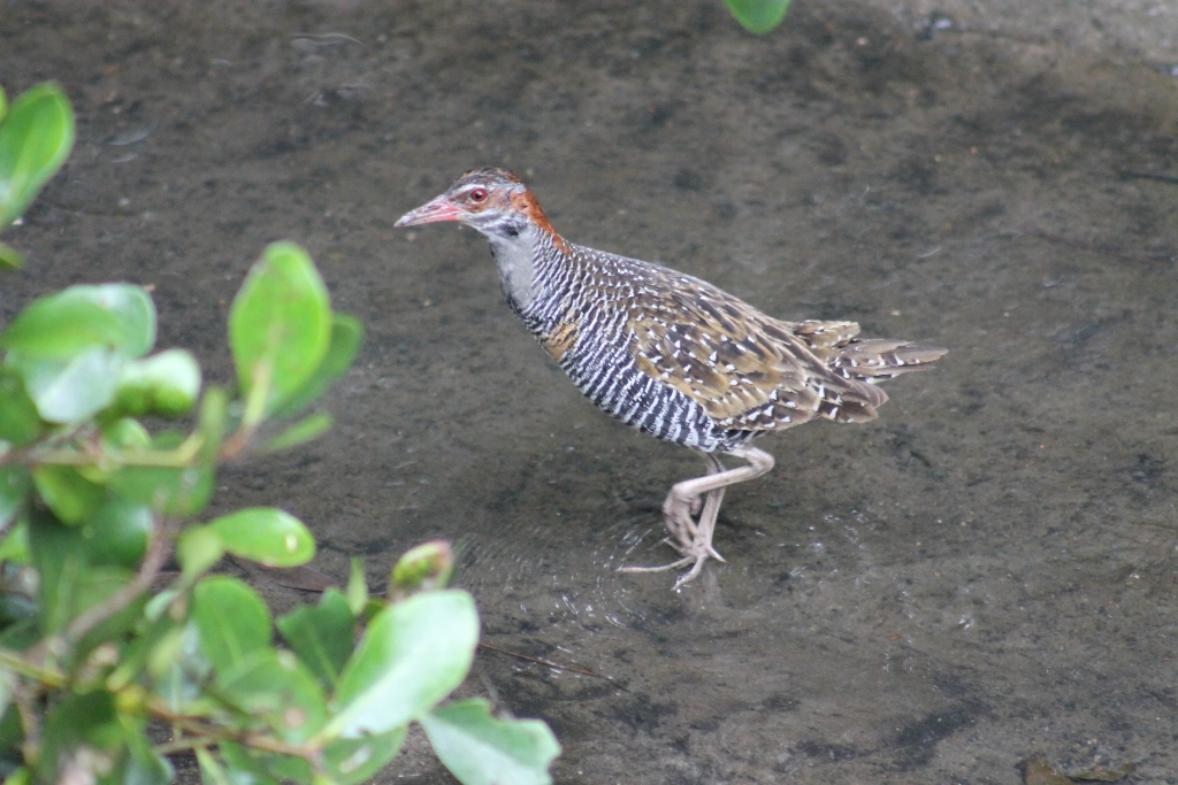
In December 2012 a pair of Buff-banded Rails and a single tiny black fluffy black chick were spotted on Careel Creek. While at first unconcerned about the presence of the bird-watcher, alarmed peeps came from who is obviously the mum of the pair when the baby began stumbling and so a quiet retreat was in order while making soothing noises. These pictures were snapped quickly so as not to alarm the pair or baby.
The sight of these birds, kindly identified for us by Marita Macrae of PNHA, has not occurred outside of the Warriewood wetlands or the Royal Botanic Gardens for some time. Thus our chant; please keep your dogs on their leashes when walking through or beside the habitat of these ground dwelling beautiful birds - and remember that Warriewood is a WPA (Wildlife Preservation Area) where no dogs are allowed.
These birds live ere, people just visit these places.
Their nests are usually situated in dense grassy or reedy vegetation close to water, with a clutch size of 3-4. Seeing only one chick with this pair, and their alarm at being seen, indicates something may have killed the others.
A pair has since been seen closer to the bay at Careel Bay itself.
The Buff-banded Rail is a distinctively coloured, highly dispersive, medium-sized rail of the family Rallidae. This species comprises several subspecies found throughout much of Australasia and the south-west Pacific region, including the Philippines(where it is known as Tikling), New Guinea, Australia, New Zealand (where it is known as the Banded Rail or Moho-pereru in Māori)
They feed on snails, crabs, spiders, beetles and worms, feeding at dawn, dusk and after high tide. They can run at great speed but seldom take to flight.
